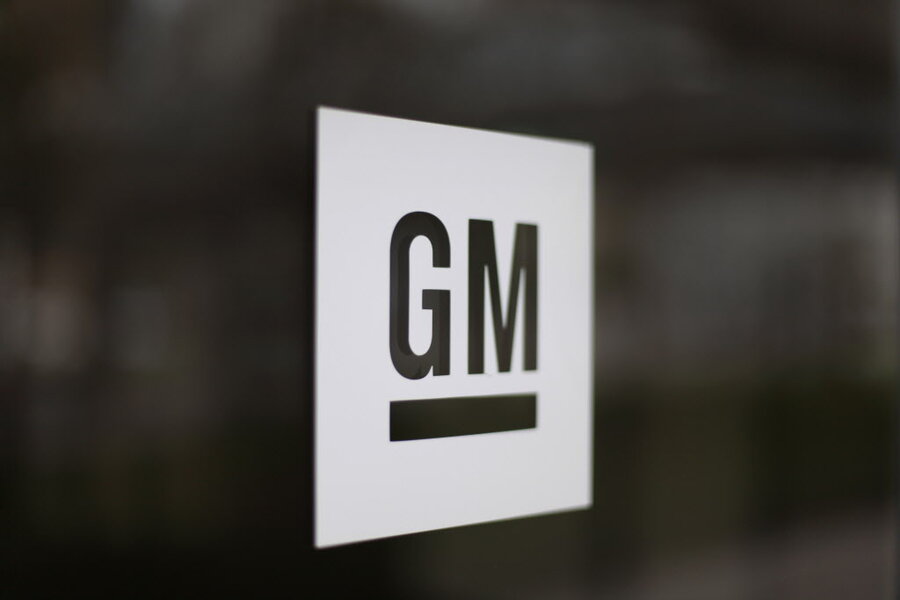Following gas-mileage error, new labels on the way for GM's large SUVs
Loading...
It would appear that every automaker is rechecking its gas-mileage calculations these days.
The ongoing VW diesel-emission cheating scandal and Mitsubishi's recent admission that it misstated fuel-economy results in Japan for more than 20 years have led to renewed public attention to how makers are complying—or not—with emission and consumption rules.
The latest episode comes from General Motors, which told its dealers on Wednesday to stop selling certain large crossover SUVs due to errors in the fuel-economy ratings on their window stickers.
As reported by industry trade journal Automotive News on Friday, GM told its dealers to halt sales of almost 60,000 vehicles in the 2016 Chevrolet Traverse, Buick Enclave, and GMC Acadia SUV lines.
The company said it was printing replacement labels, which were to start arriving at dealers this past weekend.
All dealerships should have received those new labels by Tuesday, May 17, GM said in a memo to the dealers.
A spokesperson for the company attributed the errors on the label to an unspecified "data transmission" problem. He said it had notified the EPA as soon as it discovered the error.
There's no indication at this point that GM's test procedures are in question, and the EPA's FuelEconomy.org website has the correct ratings. Instead, the wrong ratings seem to have been printed on the window stickers.
All three vehicles are built on the same underpinnings, with variations in the body panels and interior trim.
For 2016, their all-wheel-drive models are EPA-rated at 15 mpg city, 22 mpg highway, and 17 mpg combined—but the labels showed highway and combined ratings that were 2 mpg higher.
Versions with front-wheel drive also carried incorrect ratings; the correct numbers for those models are 15 city, 22 highway, and 18 combined.
The company sold approximately 20,000 of the three vehicles combined each month this year (including some leftover 2015 models).
It will send new labels to their owners. It is also discussing with the EPA how it will address any complaints.
As Automotive News notes, "It’s unclear whether GM could face government fines or penalties because of the error."
In recent years, Korean makers Hyundai and Kia reimbursed owners and paid fines to the EPA for overstating fuel-economy results on roughly a dozen models.
Ford was forced to reduce the EPA ratings on six different models, mostly hybrid and plug-in hybrid vehicles.
One of those was the Ford C-Max Hybrid, which had already been subject to a previous reduction.
And Mitsubishi admitted last month that it had used incorrect fuel-economy test procedures for a variety of models sold in Japan since 1991.
It has since confirmed that the correct test procedures were followed for all vehicles sold in the U.S.
This article first appeared at GreenCarReports.







